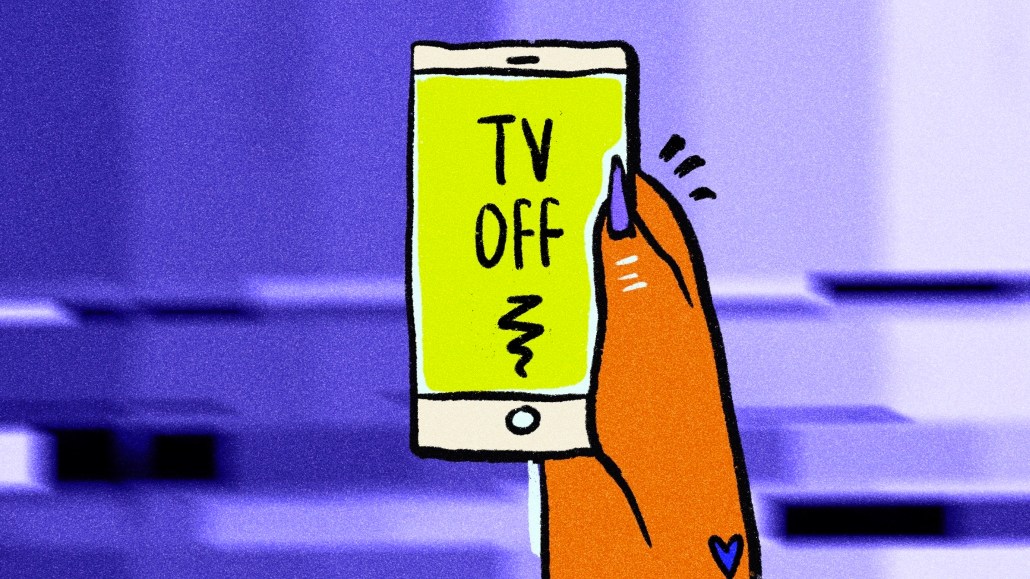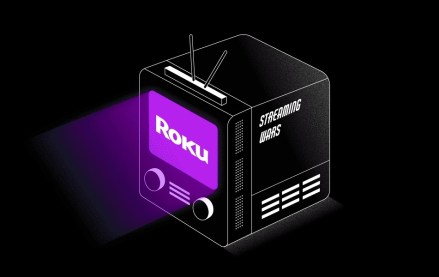Future of TV Briefing: Making sense of the TV industry’s latest measurement moves

This Future of TV Briefing covers the latest in streaming and TV for Digiday+ members and is distributed over email every Wednesday at 10 a.m. ET. More from the series →
This week’s Future of TV Briefing looks at the recent developments in the TV measurement market on the eve of this year’s upfront negotiations.
- Making measurement make sense
- Paramount-Skydance, YouTube vs. OpenAI and more
Making measurement make sense
Very recently, a bunch of pieces related to the TV measurement currency changeover have fallen into place — which seem to have put the overhaul even more up in the air. I get that that’s paradoxical. But it’s also pretty fitting for a yearslong shift that has been far from straightforward.
Within the past three weeks, two of Nielsen’s primary rivals as currency contenders — Comscore and VideoAmp — have received seals of approval for their respective measurement currencies. Meanwhile, Nielsen has officially started pushing its own newish measurement currency.
So as this year’s upfront cycle approaches, let’s recap these most recent measurement moves and their significance.
Comscore receives MRC accreditation
This is the biggest development of the bunch. Media Rating Council is the measurement arbiter trusted by advertisers, and the MRC stripping Nielsen of its accreditation back in 2021 effectively kicked off this currency changeover. So MRC saying that Comscore’s national and local measurement methodologies are reliable for measuring households and average audience sizes is a pretty big feather in the measurement provider’s cap.
To be clear, Nielsen had its MRC accreditation reinstituted last year, but only for national measurement, not local. And Nielsen’s upcoming Nielsen One measurement system has yet to receive MRC accreditation.
And because nothing can ever be clean-cut, Comscore’s MRC accreditation doesn’t currently cover its estimates breaking down households by viewers’ ages and genders. Still, Comscore is able to head into this year’s upfront market touting itself as “the only accredited national measurement that leverages ‘big data’ science and methodology,” which the company did in announcing its MRC accreditation.
Comscore and VideoAmp receive JIC certification
With a membership including major TV network owners and major agency holding companies, the U.S. Joint Industry Committee’s announcement last week that Comscore and VideoAmp have received its blessing as national currencies is a big deal. It’s effectively a bunch of big TV ad buyers and sellers saying these two measurement currencies are ready for our business.
So then why is this certification announcement not the biggest development of the past few weeks?
Well, for starters, MRC is an independent organization with a yearslong track record of serving as the industry’s measurement regulator. The U.S. JIC was only formed in January 2023 and doesn’t fully represent the industry (Disney, for example, is missing from its membership roster). More to the point, the MRC’s accreditation process seems to be more rigorous, as acknowledged by the U.S. JIC itself.
“While the JIC is focused on evaluating the transactional readiness of national, cross-platform, measurement solutions, the MRC goes much further in conducting intensive audits of measurement methodology. The JIC’s goal is for measurement companies to hold both JIC certification as well as MRC accreditation,” the U.S. JIC members wrote in a joint statement released on March 27.
Nielsen pushes new measurement currency
As its rival currencies received industry seals of approval, Nielsen is proffering an updated version of its measurement system as the primary currency for this year’s upfront deals.
No, not the long-awaited cross-media measurement system Nielsen One, which is still in the works. Instead, Nielsen is trying to rally support for its measurement system that pairs its legacy panel-based measurement with data from providers including Comcast, Dish Network, DirecTV, Roku and Vizio.
I say “Nielsen is trying to rally support” because its so-called big data measurement system — typically referred to by TV ad buyers and sellers as “Nielsen big data” or “Nielsen plus big data” — doesn’t yet have broad support across the industry. As one agency executive said last month, “I don’t think Nielsen big data will scale ultimately [in this year’s upfront cycle] as there are too many unknowns still.”
And of course, given all the talk around industry-level certifications, it’s worth mentioning that Nielsen’s big data measurement has yet to be certified by the MRC or U.S. JIC.
What we’ve heard
“PG is definitely losing share to PMP. Slowly, but it’s happening.”
— Ad tech executive on private marketplaces overtaking programmatic guaranteed deals in streaming
Numbers to know
$1.2 billion: How much ad revenue NBCUniversal has generated so far from ads sold against this year’s Olympic Games.
4: Number of free, ad-supported streaming services that the average U.S. household uses.
What we’ve covered
The upfront season! Can’t live with ’em, can’t so easily change ’em:
- The TV upfront market doesn’t need all the TV upfront presentations, according to Stagwell’s Shannon Pruitt.
- Digiday media buying editor Michael Burgi proposes a four-day consolidated event instead.
Read more about the TV upfront model here.
What we’re reading
Will shareholders scuttle Paramount-Skydance?:
Paramount Global’s controlling shareholder Shari Redstone is on the verge of handing over her stake to Skydance Media through a sale of Redstone’s National Amusements, but Paramount’s other shareholders may have reason not to be so sold on the deal, according to The New York Times.
Roku has filed a patent for technology that would enable the connected TV platform owner to insert ads on other devices connected to the same TV as a Roku device, according to Lowpass.
Google may be using YouTube videos to train its generative AI technology, but YouTube’s CEO has said OpenAI would be violating the video platform’s terms if the AI company used those videos to train its text-to-video tool Sora, according to Bloomberg.
The post-strike fallout for TV writers:
Considering last year’s writers’ strike, this year may not be all that much more promising work-wise for Hollywood writers as the market for shows has dwindled, according to The Hollywood Reporter.
Want to discuss this with our editors and members? Join here, or log in here if you're already a member.
More in Future of TV

Roku is set to reveal a tie-up with The Trade Desk as the streaming platform further opens up programmatic access
Thirds-party partnerships take center stage as the 2024 NewFronts kick off.

Research Briefing: YouTube commands marketing spend on ad-supported streaming services
In this week’s Digiday+ Research Briefing, we examine how YouTube commands the majority of marketers’ ad placements and ad budgets among ad-supported streaming services, how fewer publishers plan on growing their events business, and how ads are coming to Meta’s Threads platform sooner than expected, as seen in recent data from Digiday+ Research.

Future of TV Briefing: Sneak peek at ‘The Future of TV’ video series
This week’s Future of TV Briefing looks at the upcoming “The Future of TV” video series, which will debut next week and explore the state of the streaming ad industry.








